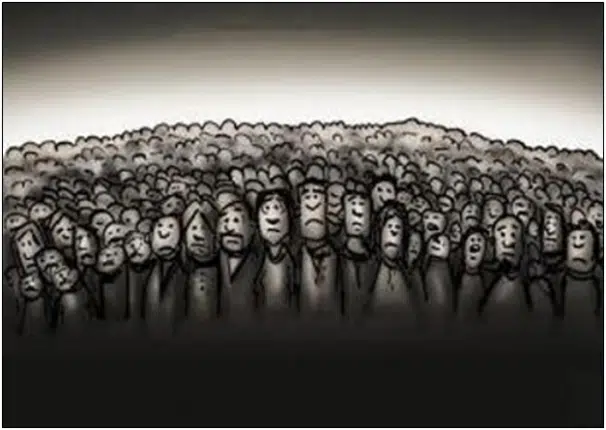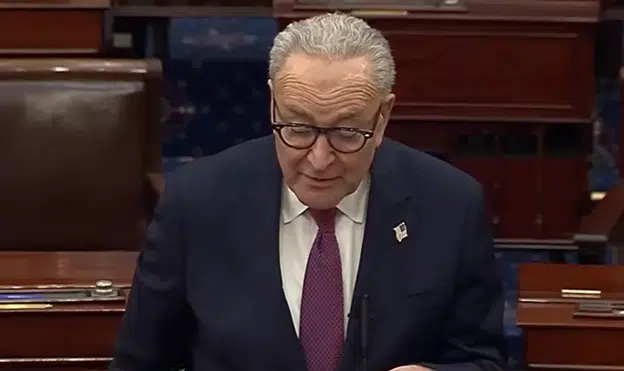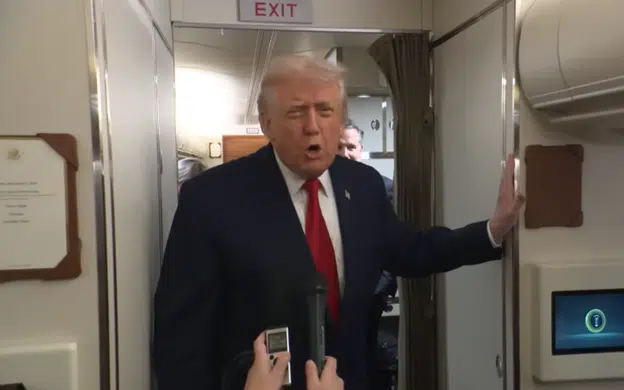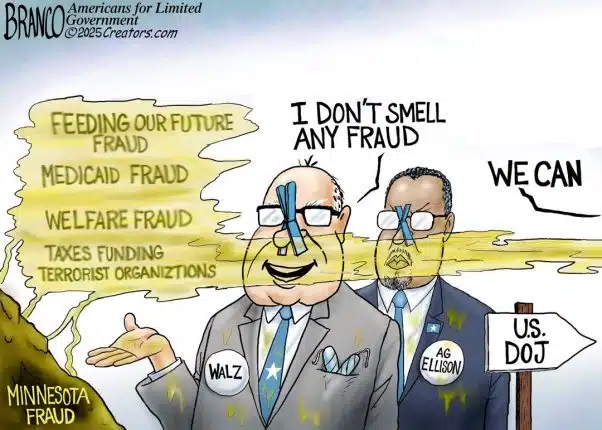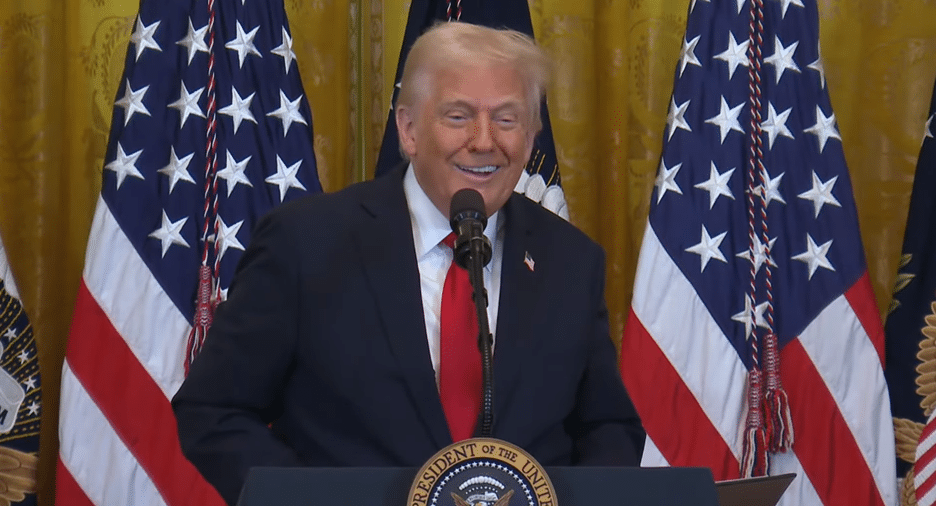
The annual consumer inflation rate for April slowed down to 2.3 percent, the lowest since February 2021, according to the latest data compiled by the Bureau of Labor Statistics, despite the imposition of reciprocal tariffs by President Donald Trump on April 2 that all of Washington, D.C.’s experts arrogantly projected would increase prices.

Food at home down 0.1 percent.
Food away from home down 0.4 percent.
Gasoline down 0.1 percent.
Fuel oil down 1.3 percent.
Apparel down 0.2 percent.
New vehicles unchanged.
Used cars and trucks down 0.5 percent.
So much for that.
In the meantime, the tariffs were successfully utilized by the President to spearhead trade negotiations with countries all over the world, already resulting in reciprocal trade agreements with the United Kingdom and China, in the latter case, lowering reciprocal tariffs, which again, all of the experts stated was impossible.
In his May 7 press conference, Federal Reserve Chairman Jerome Powell who has been holding interest rates high while the rest of the world is cutting could not decide if tariffs would cause inflation to be a one-time spike, or a prolonged affair: “The effects on inflation could be short-lived, reflecting a one-time shift in the price level. It is also possible that the inflationary effects could instead be more persistent. Avoiding that outcome will depend on the size of the tariffs … on how long it takes for them to pass through fully into prices and ultimately on keeping longer term inflation expectations well anchored.”
How about price increases would not accelerate at all? It did not even cross Powell’s mind. The only possibilities were up a lot, once, or up a lot for a long time.
But as President Trump is apt to note, Powell is always late to the party. So, the central bank’s tendency to fight the last war is actually rather predictable.
And yet, this was exactly what Trump had done in his first term, using threatened tariffs in 2019 against Mexico to achieve Remain in Mexico, secure that country’s military cooperation in policing the U.S. southern border and eventually the U.S.-Mexico-Canada trade agreement.
And Trump used actual tariffs against China in 2018 to bring China to the table for what became the January 2020 trade agreement.
All while having record low inflation.
In other words, President Trump has a very clear history of using tariffs to begin trade negotiations, resulting real trade deals that you can point to, without runaway inflation (or any at all for that matter) but none of the so-called experts could foresee that exactly the same thing would happen here.
The only item up significantly was natural gas at 3.7 percent, but not because of tariffs, rather, natural gas prices were already spiking in March as a result of weather, supply constraints and demand.
Democrats who foolishly hitched themselves to the wagon that inflation would go accelerate from tariffs are now careening down the mountainside of false predictions — along with prices.
The fact is, inflation has been slowing for almost three years now and usually finds its bottom following an economic recession or slowdown.
Now that tariffs are reciprocally being lowered, what will their next prediction be? Who cares? The chicken little doomsaying by the President’s tariff opponents have at least created one bit of certainty for markets — that those opponents are likely to be wrong.
Robert Romano is the Executive Director of Americans for Limited Government Foundation.


